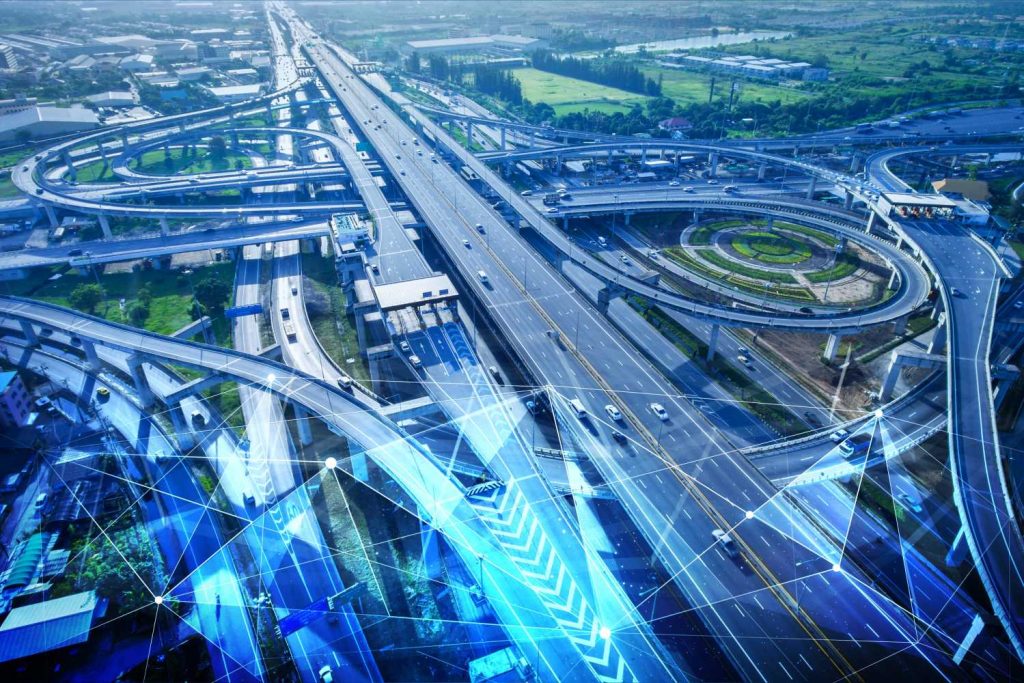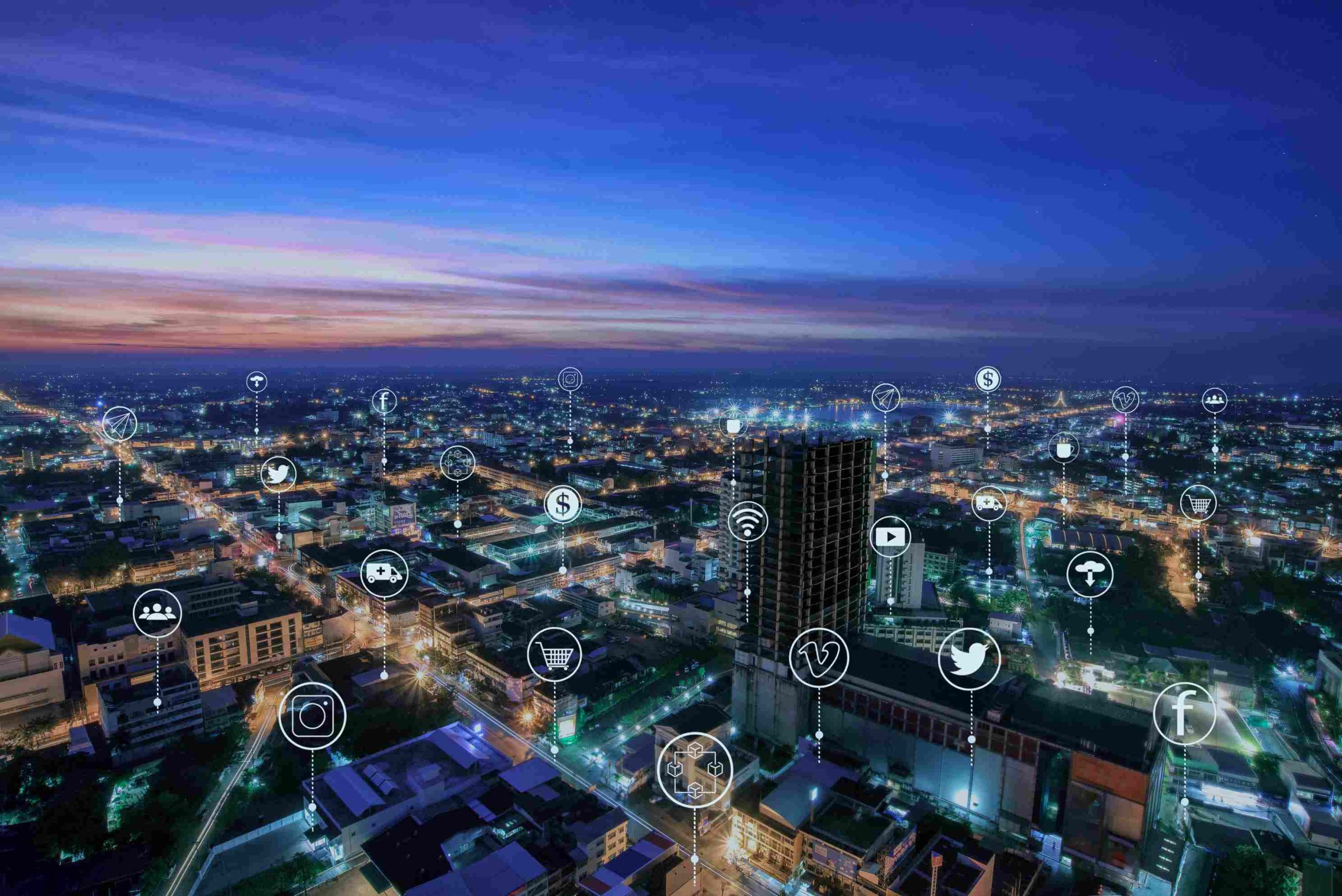The Shift Toward Smarter Mobility
From personal e-scooters to public transit systems, transportation is rapidly evolving. What was once focused purely on mechanics is now becoming deeply integrated with intelligence. At the center of this shift are two technologies working quietly in tandem: edge AI computing and modern display modules.
Unlike traditional systems that rely heavily on cloud infrastructure, today’s intelligent transport solutions analyze data locally and communicate with users instantly. This local, visual intelligence is making mobility safer, more efficient, and far more user-friendly.
The Micro Mobility Revolution
Start small—literally. Micro mobility, including e-scooters and shared bicycles, is experiencing a renaissance. These compact vehicles are increasingly powered by embedded edge AI processors that monitor rider behavior, usage patterns, and even enforce speed limits dynamically.
For example, an edge AI computer like the Jetson Xavier NX can detect if a rider is going downhill too quickly and automatically engage a soft braking protocol. Meanwhile, a rugged OLED or TFT display mounted on the handlebar provides real-time updates—speed, battery status, navigation cues, or even weather alerts.
Because all this data is processed on-device, it remains resilient in areas with poor network coverage and ensures a real-time user experience without delay.
Smarter Public Transit
Public buses, metro lines, and light rail systems are also getting an upgrade. Cameras on board now feed into edge AI modules that count passengers, track capacity, and even detect unusual behavior. This data is processed locally to optimize route planning or alert authorities to possible incidents.
At the same time, high-contrast TFT LCDs inside vehicles and at stops show live arrival times, delays, and route diversions—automatically adjusted based on AI predictions and real-time GPS data. These display systems are crucial for building commuter trust and improving accessibility for elderly or disabled passengers.
Personalized In-Car Interfaces
In personal vehicles, user experience is now front and center. Modern dashboards increasingly resemble interactive control centers. They combine edge AI to interpret inputs—like driver fatigue or voice commands—with high-resolution display panels that present information non-intrusively.
Heads-up displays (HUDs) project navigation data and speed into the driver’s line of sight. Meanwhile, central touchscreens adapt interface layouts based on who’s driving, time of day, or even calendar entries. This isn’t just about convenience—it’s about safety.
Using edge computing units from platforms like Rockchip RK3588, these systems respond in real time, enabling features like adaptive cruise control, lane assistance, and hazard detection with visual feedback shown instantly.

Intelligent Logistics and Fleet Management
Delivery vans and freight trucks are becoming mobile command centers. They use AI modules to optimize routes, avoid high-traffic zones, and monitor driver behavior. Displays inside the vehicle update routes live, notify about weather disruptions, and even provide interaction cues when approaching delivery points.
Fleet operators can use these interfaces to run diagnostics, manage schedules, and receive alerts—all without needing cloud dependence. Local processing saves bandwidth and ensures faster decision-making in time-critical operations.
Airports and Ports: Complex Systems Made Simple
In large transportation hubs like airports, seaports, and train stations, efficiency depends on fast communication. Edge AI is used in baggage sorting, boarding gate management, and facial recognition for security checks. Instead of overloading central servers, each subsystem operates autonomously with its own edge processor.
Travelers interact with kiosks that feature multilingual monochrome LCD or color TFT displays showing dynamic content: flight updates, customs instructions, or self-check-in prompts. Since these displays are powered by embedded AI, they respond instantly to crowd behavior, gate changes, or emergency signals.
Smart Infrastructure and Dynamic Displays
Even the roads are getting smarter. Traffic lights equipped with edge AI modules now analyze vehicle flow and adjust signal timing dynamically. This reduces congestion and emissions without requiring a centralized traffic control system.
Roadside electronic signs powered by solar energy and low-power LCD or e-paper modules show alerts like road closures, speed limits, or accident warnings. Because these displays are fed by local AI systems, they adapt quickly and operate reliably even during power or network outages.
Safety First: Predictive and Preventive Measures
Edge AI is also used for safety—both predictive and preventive. In buses, edge vision systems monitor for drowsy driving and activate alerts shown on the dashboard screen. In rail systems, vibrations or unusual heat signatures are analyzed to detect maintenance issues before they escalate.
Emergency response systems now include wearable edge AI devices for responders. These can monitor heart rate, environment toxins, and hydration—displaying alerts in real time to ensure safety during long shifts or hazardous exposure.
Toward Autonomous Transport
The road to fully autonomous vehicles is paved with edge computing. Self-driving cars and delivery bots rely on instant interpretation of camera, lidar, and radar data. These decisions—braking, steering, signaling—happen locally, within milliseconds.
Displays inside the cabin show status reports and allow passengers to override or adjust settings. This is made possible by compact yet powerful processors and intuitive interfaces that prioritize human understanding.
As these systems scale, we’ll see smart bike lanes, adaptive charging stations for EVs, and AI-driven parking solutions—all with displays that guide, inform, and respond.
Conclusion: Smarter Transport for a Smarter World
The future of transportation isn’t just electric—it’s intelligent. Thanks to edge computing and adaptive displays, vehicles and infrastructure are becoming more autonomous, efficient, and user-friendly.
Whether it’s an e-bike guiding your ride, a bus display updating you in real time, or a delivery van planning the most efficient route, the integration of real-time intelligence with clear visual communication is transforming how we move.
And while this technology operates quietly in the background, its impact is anything but silent. It’s improving safety, reducing emissions, and turning every journey into a smarter, more informed experience.


